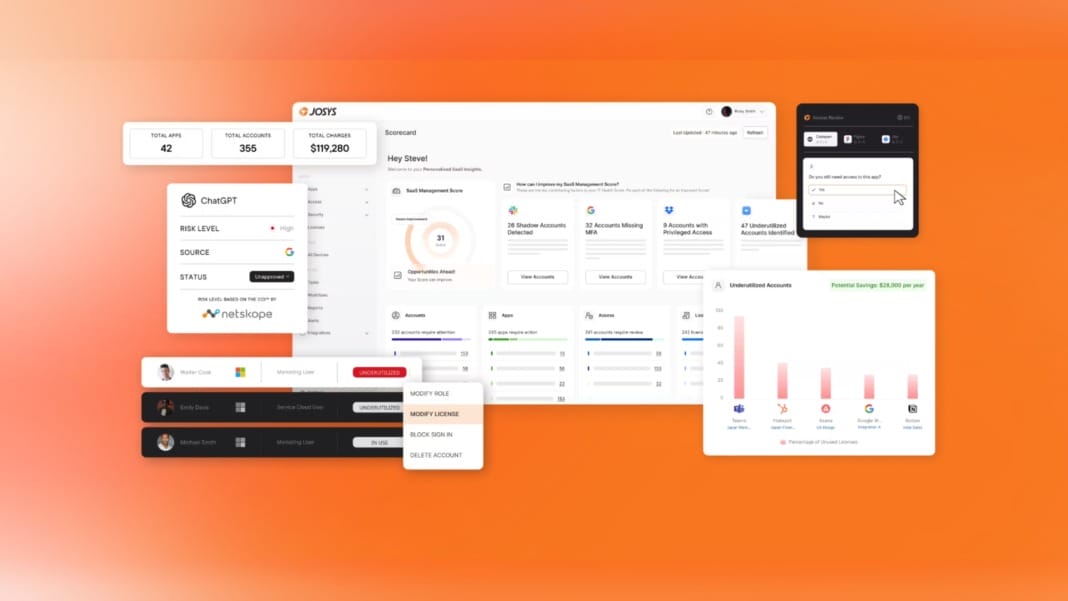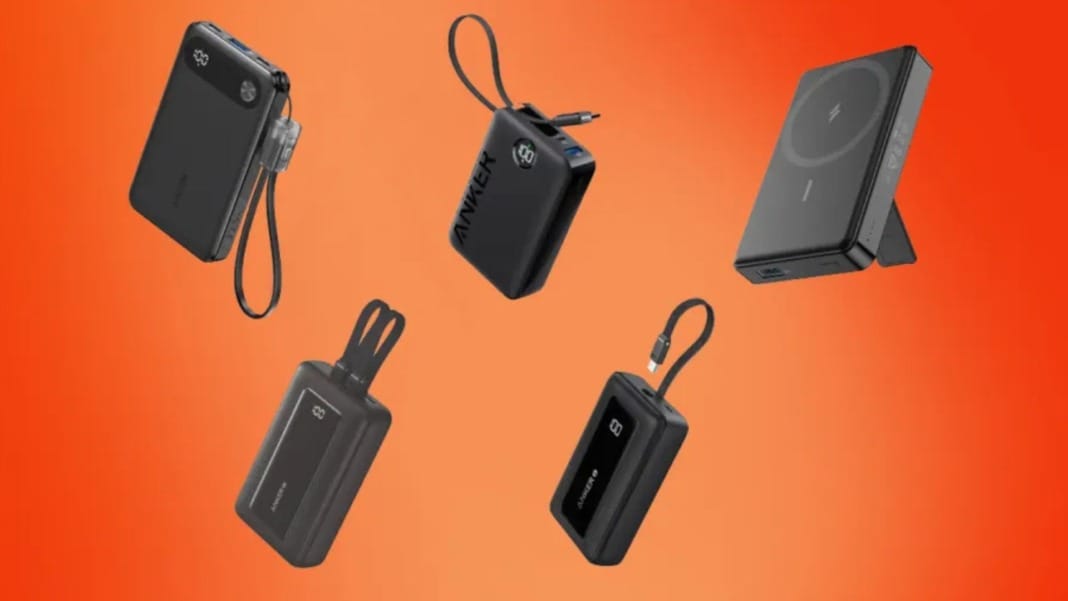Apple is setting its sights on head-mounted devices as the future of consumer electronics, and you could soon see a wave of new products arriving over the next few years. According to respected Apple analyst Ming-Chi Kuo, the tech giant is preparing to release at least seven different headsets and smart glasses between now and 2028.
Vision Pro updates and the start of a new product line
If you’re following Apple’s advancements in mixed reality, the Vision Pro was just the beginning. Kuo reports that Apple plans to release an updated version of the Vision Pro later this year. The new model is expected to be powered by Apple’s next-generation M5 chip, promising faster performance and a better experience overall.
This launch marks only the start of Apple’s journey in this space. The analyst also predicts that Apple will introduce its first smart glasses in the first half of 2027. These glasses would bring Apple’s cutting-edge AR technology to a smaller, more accessible format and likely feature deep integration with the Apple ecosystem.
Later, in 2027, Apple is expected to unveil the Vision Air—an entry-level version of the Vision Pro designed for users who want the experience without the hefty price tag. This would open up the world of spatial computing to a broader audience, especially those who have hesitated due to the Vision Pro’s high cost.
A bold roadmap for 2028
Apple’s headset and smart glasses lineup will expand even further by 2028. Kuo believes the company will launch a second-generation Vision Pro featuring a lighter, more comfortable design, addressing one of the main concerns voiced by early users of the first model.
Alongside that, Apple is reportedly preparing to introduce two more advanced smart glasses. These may come with significant upgrades in display clarity, battery life, and processing capability. With these, Apple aims to blur the line between virtual and physical experiences even more seamlessly.
One exciting product tipped for 2028 is the rumoured tethered Vision Pro headset. Unlike its standalone sibling, this model would require a connection to a Mac or iPhone. The advantage? A lighter, potentially more affordable device that offloads heavy processing tasks to another Apple device you already own.
Spatial computing is shaping Apple’s future
You might wonder what makes Kuo so confident in Apple’s commitment to smart glasses. Part of the answer lies in visionOS 2, Apple’s operating system for spatial computing. One of its key new features—spatial Widgets—seems purpose-built for smart glasses, giving users instant access to information in a format ideal for quick, hands-free use.
Even if you’re eager to try Apple’s first smart glasses, you’ll have to wait until at least 2027. That said, the company’s roadmap looks packed, and it’s clear Apple is investing heavily in what it sees as the next wave of personal technology.
As Kuo suggests, the timeline may feel like a long wait, but when Apple’s smart glasses finally arrive, they could change how you interact with digital content in everyday life.





